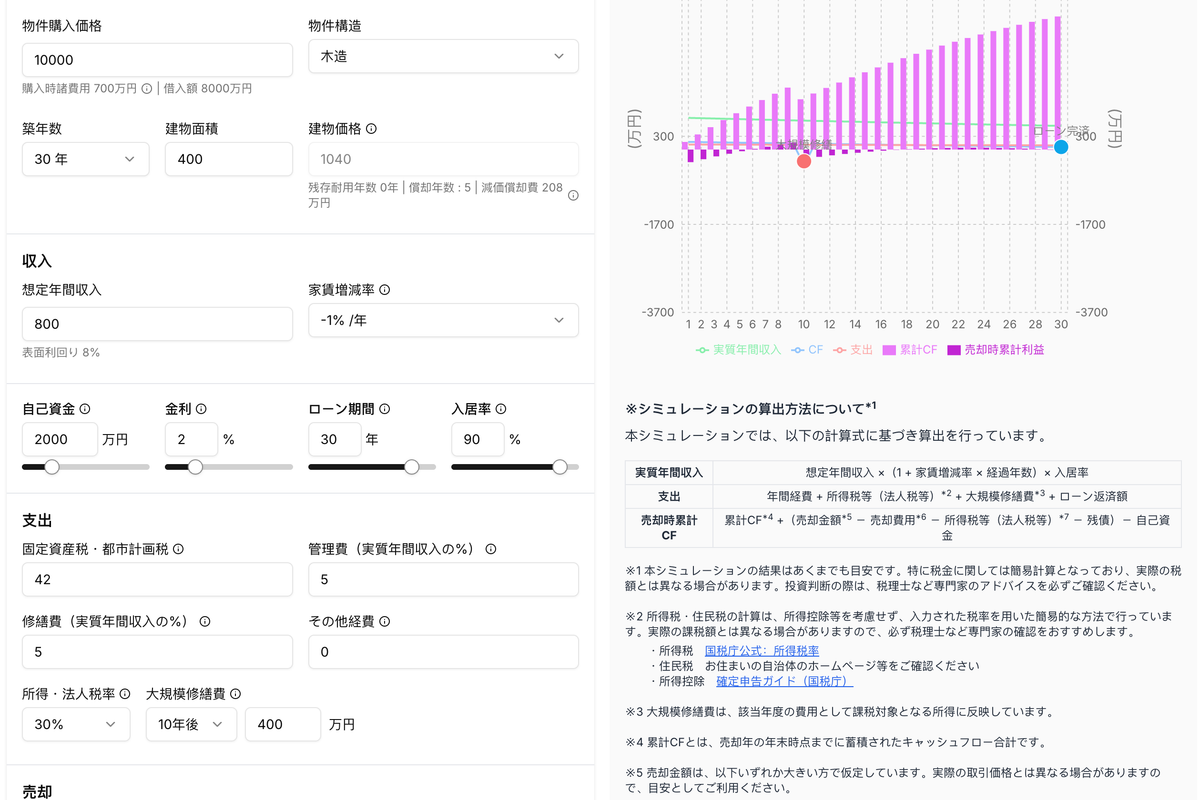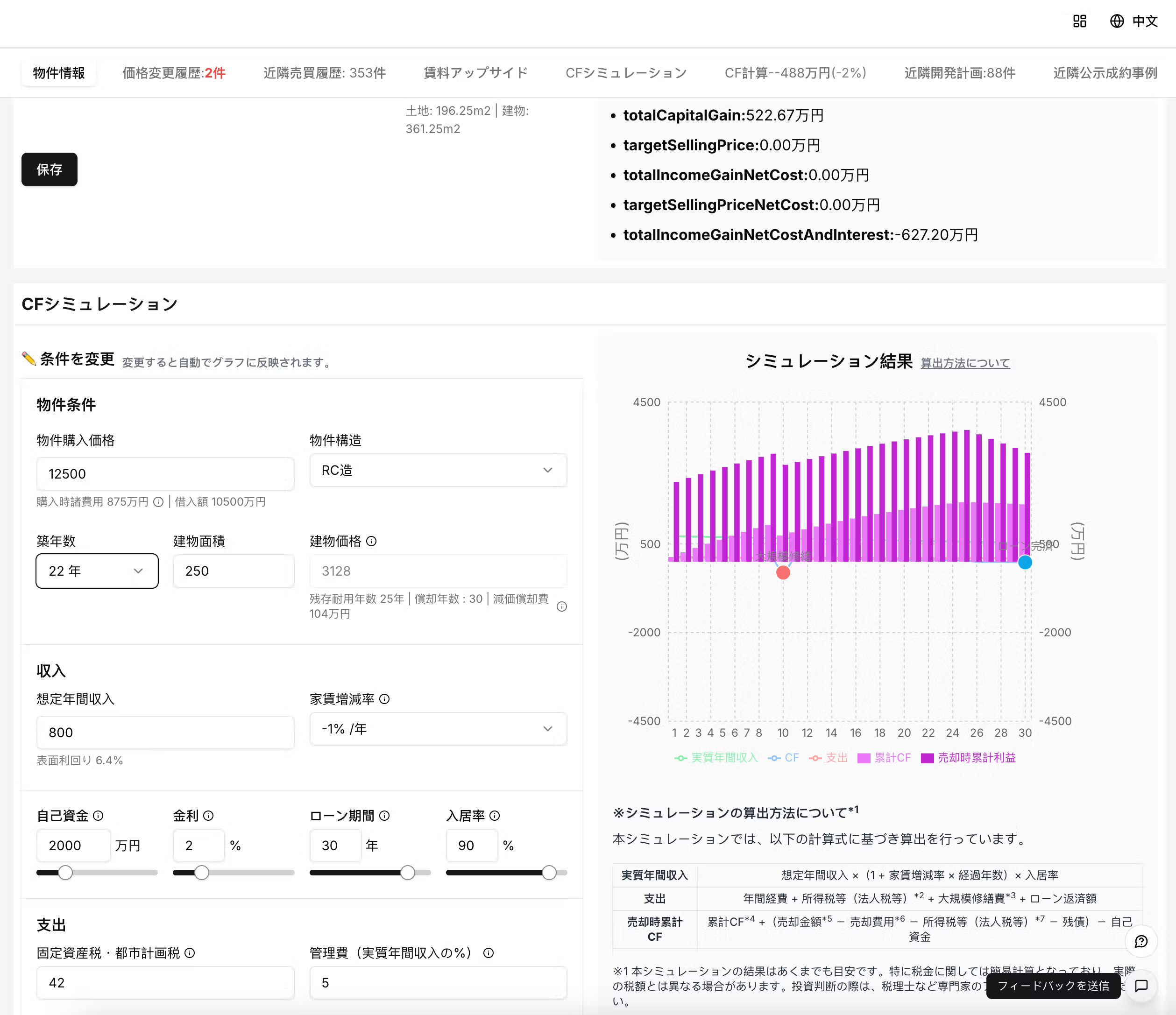Words: 488 | Estimated Reading Time: 3 minutes | Views: 609
When investing in Japanese real estate, the greatest risk isn't overpaying—it's miscalculating. Many first-time investors rush to buy after seeing rental yields but overlook long-term operating costs and cash-flow pressures, ending up regretting the purchase. To help investors assess a project's true return more scientifically, Urbalytics's Cash Flow Simulation feature is now live!
Why Is Cash Flow Simulation So Important?
Cash flow (Cash Flow) is the core determinant of whether a real estate project can survive. Even projects with high nominal yields can fall into negative cash flow—and may require additional capital—if debt service is heavy, rents decline, or taxes are high.
Traditional property listings only show Gross Yield and give little consideration to operational details. What professional investors really care about is:
What is the actual annual cash flow received?
How will major repair costs be allocated over the years?
How much tax will be due on sale?
What happens if occupancy declines?
None of this can be discerned from a simple yield table.
What Can Urbalytics' Cash Flow Simulator Do for You?
Urbalytics' cash flow simulator incorporates common financial parameters for Japanese real estate investments and helps you:
✅ Quickly understand annual actual cash flow (CF) and cumulative cash flow (cumulative CF)
✅ Model the impact of rent decline, occupancy, taxes, and other factors
✅ Automatically calculate total final returns including the tax on sale profits (cumulative profit at sale)
✅ Support for setting parameters such as 'maintenance budget', 'major repair cycle', 'loan-to-value', and 'management costs'

All results are presented dynamically in chart form, making them immediately clear. You no longer need to open Excel and manually forecast profit and loss over many years—Urbalytics does it for you.
🛠 How to Use This Feature?
Users can access this feature in two ways
Property detail page: the feature is embedded automatically and property parameters are pre-filled
Standalone feature page: users can fully configure the parameters themselves
Complete your cash flow simulation in three steps:
Enter basic assumptions: including property price, building age, estimated annual income, etc.
Adjust assumption parameters: such as down payment ratio, loan interest rate, occupancy rate, management fee rate, annual decline rate, etc.
View result charts: the right side of the page automatically displays annual cash flows, cumulative CF, and final returns including sale taxes.
All parameters can be edited dynamically—no buttons or page loads required; adjusting sliders refreshes the charts immediately.
✨ What's Next
The current version supports basic residential investment simulations. Coming next:
Commercial-use simulations (retail, offices, dormitories)
Automatically suggest annual rents based on market data
Automatically model bank financing conditions based on user inputs
Save multiple simulation scenarios for easy comparison between properties
💬 Have you ever lost out because you underestimated holding costs? Now, open Urbalytics—thoroughly calculating the project matters above all.
Visit our platform to try this new feature and let data drive your decisions!
Copyright: This article is original content by the author. Please do not reproduce, copy, or quote without permission. For usage requests, please contact the author or this site.



![[Case Study] Using Urbalytics: 5 Steps to Spot Properties That Lose Money When Bought](/_next/image?url=https%3A%2F%2Fs3.ap-northeast-1.amazonaws.com%2Furbalytics.reins.downloads%2Fblog-images%2F1754997999806-982731cd13fd268aa2fef74c89904c1456a8f192-2074x1204.avif&w=3840&q=75)
